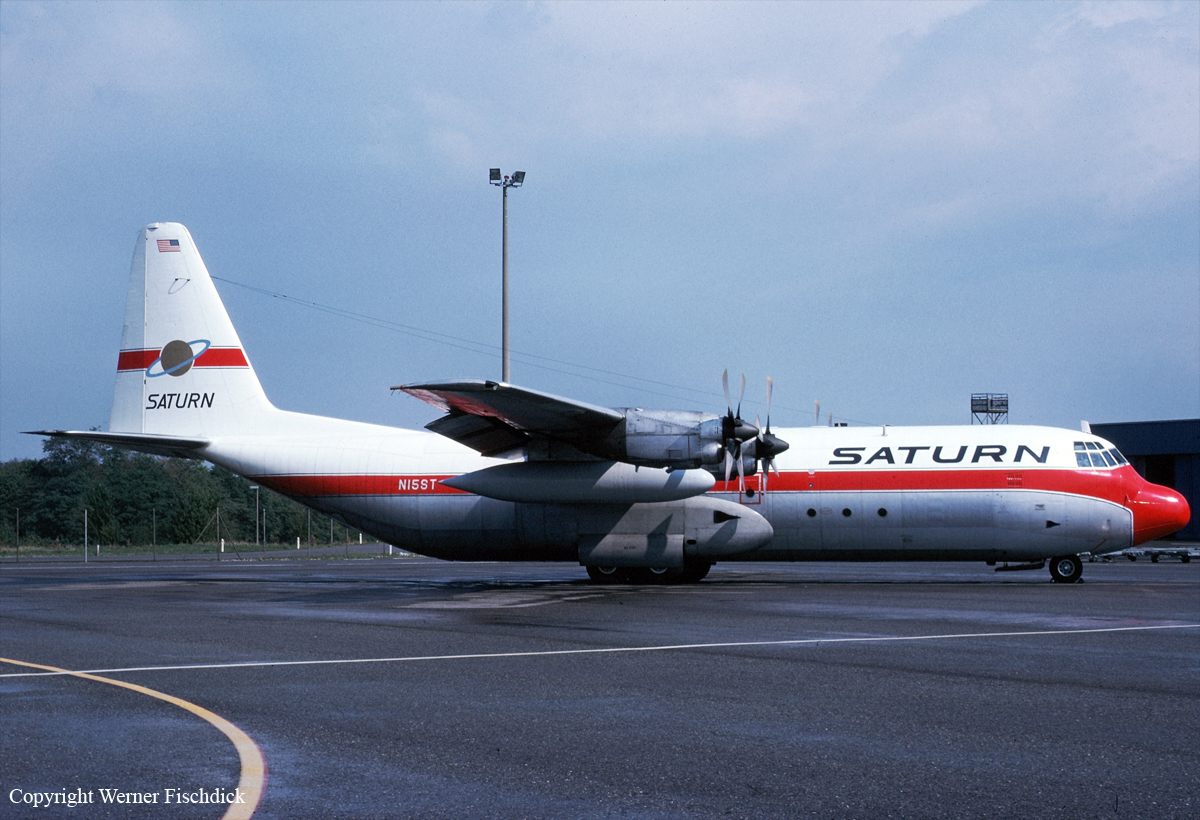Crash of a Rockwell Aero Commander 520 in Addison
Date & Time:
Jul 27, 1987 at 1101 LT
Registration:
N4164B
Survivors:
Yes
Schedule:
Addison - Addison
MSN:
520-69
YOM:
1953
Crew on board:
1
Crew fatalities:
Pax on board:
1
Pax fatalities:
Other fatalities:
Total fatalities:
0
Captain / Total hours on type:
206.00
Aircraft flight hours:
1920
Circumstances:
Aircraft was destroyed when it struck power lines and the ground during a single engine go-around. Following a left engine shut down due to severe vibrations, the pilot overflew one airport to return to his home base. En route, he elected not to go to full power due to a 3 minutes limitation he did not want to exceed. The pilot overshot the runway while manually extending the nose gear and elected to attempt a right 270° turn to return to final while at 100-150 feet agl. Nose landing did not extend due to hydraulic pump being on left engine and no pressure. During the turn, the pilot lost control and the aircraft struck the wires. Investigation revealed that one of the blade pitch change links on the left prop had disconnected, allowing one blade to free float. The link pin assembly had backed out as a result of the safety screw backing out due to damaged and stripped threads and an improper length screw being installed. Props had 1/4' safety screws installed instead of 3/8'.
Probable cause:
Occurrence #1: airframe/component/system failure/malfunction
Phase of operation: cruise - normal
Findings
1. (c) propeller system/accessories, pitch change mech - disconnected
2. Propeller feathering - not possible
3. (c) propeller system/accessories, pitch change mech - stripped thread
4. (c) maintenance, overhaul - inadequate - other maintenance personnel
5. (c) propeller system/accessories, pitch change mech - incorrect
6. (c) maintenance, installation - improper - pilot in command
7. Emergency procedure - improper - pilot in command
----------
Occurrence #2: forced landing
Phase of operation: descent - emergency
----------
Occurrence #3: loss of control - in flight
Phase of operation: go-around (vfr)
Findings
8. (f) go-around - attempted - pilot in command
9. (c) airspeed (vmc) - not maintained - pilot in command
10. (c) diverted attention - pilot in command
----------
Occurrence #4: in flight collision with object
Phase of operation: descent - uncontrolled
Findings
11. Object - wire, transmission
Phase of operation: cruise - normal
Findings
1. (c) propeller system/accessories, pitch change mech - disconnected
2. Propeller feathering - not possible
3. (c) propeller system/accessories, pitch change mech - stripped thread
4. (c) maintenance, overhaul - inadequate - other maintenance personnel
5. (c) propeller system/accessories, pitch change mech - incorrect
6. (c) maintenance, installation - improper - pilot in command
7. Emergency procedure - improper - pilot in command
----------
Occurrence #2: forced landing
Phase of operation: descent - emergency
----------
Occurrence #3: loss of control - in flight
Phase of operation: go-around (vfr)
Findings
8. (f) go-around - attempted - pilot in command
9. (c) airspeed (vmc) - not maintained - pilot in command
10. (c) diverted attention - pilot in command
----------
Occurrence #4: in flight collision with object
Phase of operation: descent - uncontrolled
Findings
11. Object - wire, transmission
Final Report:



